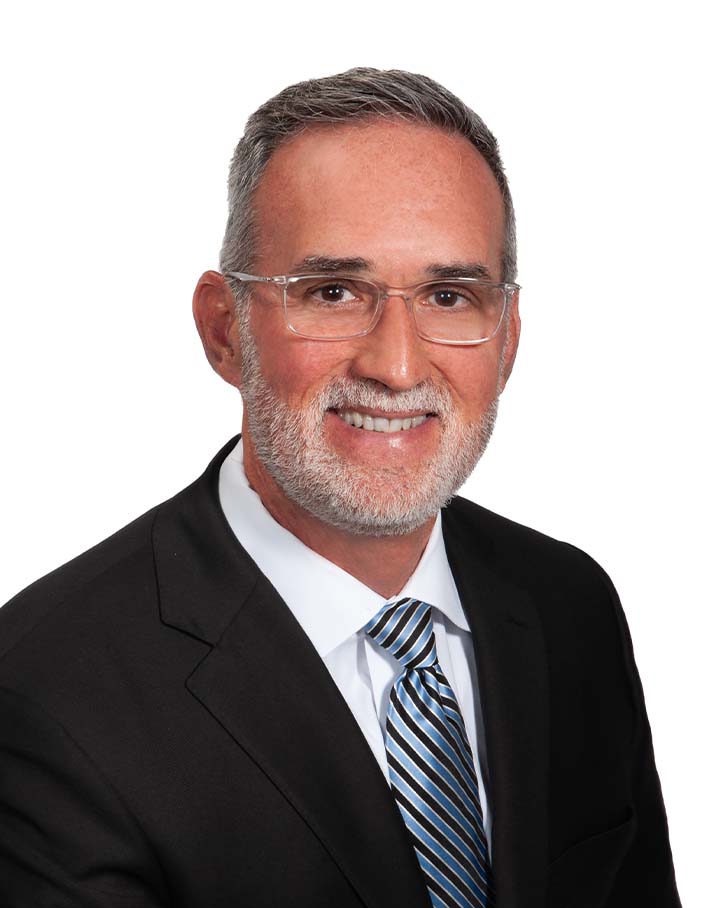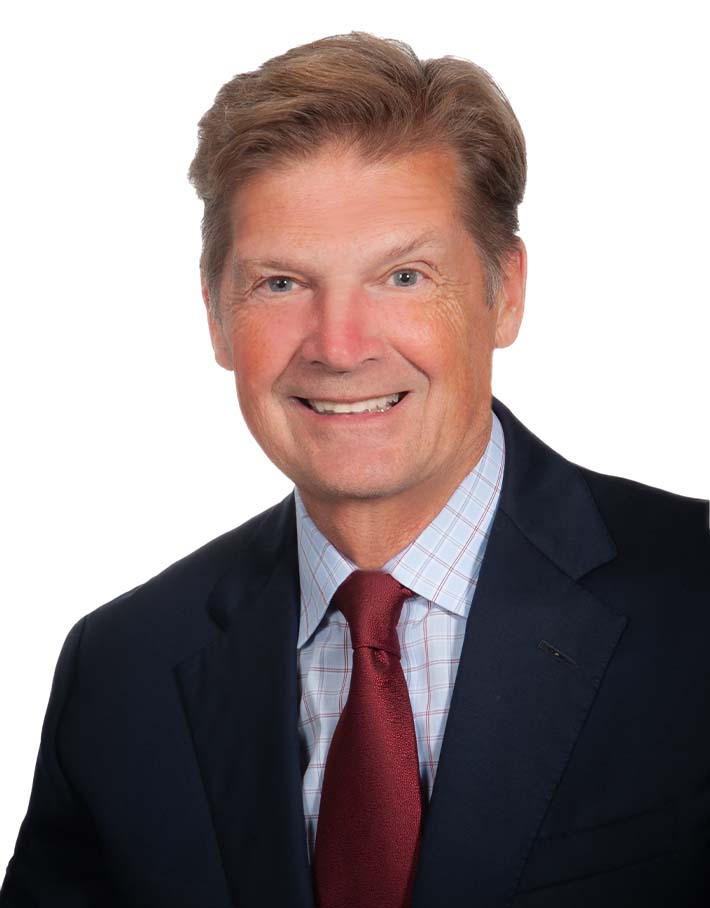Broker Dealers – Navigating the Pressure to Sell and Innovate
By Pete Bowman and David Williams
Subscribe to our original industry insights
CEOs of broker-dealers are faced with the continuous pressure to innovate and increase profits. If these aren’t happening, there is also pressure to sell. Successful broker-dealers know that understanding how to navigate the demand for innovation and growth, or for changing the business model entirely is key for long-term prosperity. For an introduction to how some broker-dealers are positioning themselves for the future, listen to our podcast episode Exploring Business Models for Peak Profitability.
In this podcast, Pete Bowman, Managing Director of Oyster’s Strategic Planning and Execution team and Dave Williams, Head of Business Development look at the increasing pressures facing broker-dealers in today’s markets and offer insight into how best to handle them, giving you a better chance of achieving success.
Transcript
Transcript provided by TEMI
Bob Mooney: Welcome to the Oyster Stew podcast. I’m Bob Mooney, General Counsel for Oyster Consulting. Broker-dealers have many options regarding their business model and how they want to conduct business. Now is the time to assess your firm and ask some hard questions. Has your firm grown? Have you successfully recruited? Do you have capital? Can you keep up with technology? Is your current way of doing things really the best business model for you? In today’s podcast, Pete Bowman, Managing Director of Oyster’s Strategic Planning and Execution team, and Dave Williams, Head of Business Development, share their insights on the options available to broker-dealers. Dave, let’s get started.
David Williams: Hello, everybody. Yeah, there were a lot of topics that we covered in that first podcast, and this is the first of our follow up. But when I think of our industry, and I think of a core element that is pretty much in every aspect, it really is a broker-dealer in some form or another that kind of binds. Whether it’s an advisor, or an RIA,or a capital markets business, there’s always a broker-dealer that in some way, shape or form is involved with all of that. And you and I have been in this business a long time, and if we go back many decades, we know that was kind of the dominant structure in our business. There were, I think, over 6,000 of them at one juncture.
Pete Bowman: And the majority, Dave, those were self-clearing, correct?
David Williams: Oh many of them were self-clearing, at least originally they were self-clearing and then fully disclosed clearing came to be, where you could piggyback onto another firm’s infrastructure. But that dynamic has changed pretty dramatically. So we’ve gone from 6,000 to just over 3000 and that 3000, probably two thirds of them, maybe half of them have actually a clearing relationship today. And out of that couple of thousand broker-dealers that are out there today, many of those firms are small. They’re less than 10 million in revenue, less than a billion dollars in assets. And those are firms that should be thinking about what direction they are going. They should be doing some serious introspection of their organizations. And Pete, one of the things that they should be looking at right out of the get go is, number one, have they been able to grow their firm over whatever time span we’re speaking about? And number two, do they have the capital to help grow their firm or do all the things that you have to do today to really move your business forward? What do you think about those couple of items here?
Pete Bowman: Yeah, you know, Dave, we’ve been working together a long time and you look at it from one perspective. I look at it, I’m from the platform side of it, and I look at those thoughts that you have. Have you grown your business? Better yet, what are some of the impediments to that growth? Has it been regulatory changes that are requiring more technologies? Have the technologies, the enabling technologies in themselves changed things for you, meaning higher investments? Have you been able to keep up? You know, a lot of people in the wealth management space, the retail brokerage space, they always talk about we are a financial services firm, but, in fact, you’ve become more of a FinTech firm in a lot of respects.
And a lot of people shy away from that. So I think to me, the introspection is you look at what’s changed with the platforms that’s enabling the platforms to help these firms grow. So if you are a firm that’s questioning, I haven’t grown, I don’t have the capital, you’ve got to start looking at, well, where are my partners in the industry? Where is the industry going from? Probably one of the most critical decisions you make, which is your platform and your status of clearing, which I think gets back to some of your points. The advisor changing you, the independent advisor is something that gains momentum really wasn’t thought highly of years ago. And now all of a sudden it’s burgeoning, the RIA movement that’s expanding. This is all putting hurdles for firms to think about. Now I’m speaking about it from a platform perspective. I’m speaking about it from a firm perspective. There’s an advisor opinion to that as well, because I think the advisor has become sort of more entrepreneurial, trying to figure out how they can run their own business. So in some of your conversations at the advisor level and at the firm level, does that hold true? Are you seeing a change as well with those?
David Williams: Yes. so what I think about as the owner of a broker-dealer or a brokerage firm, and you could be a duly registered firm or a straight broker-dealer, your growth is dependent on your advisors. So you have existing advisors that you want to become more productive. And there’s lots of dependencies on that. But probably to a greater extent, your growth is going to be dependent on attracting advisors from other firms. And I would say, Pete, it’s a very difficult proposition if you’re a smaller firm with not a lot of capital to be able to attract larger producing financial advisors from other firms. And there’s some creative ways to do that. And we’ve recommended some of those to a number of firms out there. But at the end of the day, it’s a challenge for a small firm to grow their business when growth has to occur from attracting new advisors to your organization.
And some of those dependencies you have are around your platform, to your point, Pete, that you made earlier. And the good news is, as an independent firm, there’s lots of choice available to you from a technology platform. You can create a platform that’s every bit as good as a large wire house organization. The bad news is it’s not inexpensive and it’s very difficult to keep up with unless you have dedicated resources to keeping up with it. So you can create a platform, and that’s certainly a beginning point in bringing advisors over to your organization. But there’s also going to be transition expenses and expectations around transition money to help an advisor move from one firm to another. You’re competing with very large amounts of money that are being used on the large firm side of the business. So it’s not difficult to grow your firm if growing your firm means, I’ve got to add additional financial advisors.
Pete Bowman: I think it holds true to the mid-market section, to the top segment of the market. We’re seeing more and more and more as these top segments are being competed with by a smaller firm that can give the custom touch, the service support that a lot of these firms at the large size have a little bit more difficulty in doing. And so what I like to see is, I like to see these platforms. We have some of the service bureaus right now talking about outsourcing the processing. That’s the mechanical stuff behind the scenes that a lot of the advisors just assume it’s going to happen. You know, dividends are going to get processed, Rio’s going to get processed. Now if you mess up one of those, it’s a major client impact, but you see large service bureaus coming up with their own offering to take some of that off the smaller. At the same time, large clearing firms are offering a suite of technology that sometimes is just as good as, or better than some of the large self-clearing service bureau firms or owning their own back-office clearance and settlement books and record system.
I think it’s interesting we walk into some of these, to you your point, smaller firms, and the technology they offer is better than some of the larger firms with the mega budgets because it’s so hard to move that ship. And you and I both came from large firms, and we understand when you get into the priorities of which technologies that are needed, certain things do not run to the top of the list. And so I see this lower end market, the lower revenue market in the mid-market, finding their way to looking at clearing firms because of the package service. At the same time, now you’re seeing these service bureaus that deal with self-clearing are trying to attract that same market to say, we can provide a package for you to get to self-clearing own the revenue drivers of a self-clearing firm, but we’re going to take all of the work and technology platform off.
Pete Bowman: I think that’s adding disruption. And not to mention, we have certain broker-dealers out there that are offering this outsource model where firms that were unheard of three years ago are totally giving up their BD. I think due to the change of advisors doing more of the RIA work now, I think a lot of big firms are setting back going, we’ve gathered the assets, can I de-risk the platform side of this. Can I de-risk the regulatory side of this by choosing another BD that just wants to do my processing? So I think that whole disruption is really following what the advisors are doing now. Platforms are realizing it, so platforms are kind of the gray area. They’re overlapping, whether it’s a clearing firm, a service bureau firm or a BD that’s outsourcing that BD to a particular client. I think there used to be a very clear line of who was self-clearing, who was fully disclosed, and who was independent. Now the line is getting blurry, and I think technology’s doing that.
David Williams: So you talked about a number of important things there. So we have focused on perhaps you want to stay the course and continue to be a broker-dealer. And if that’s the case, do you have the right clearing partner with you? There’s a lot less choice today in the clearing space. You probably have no more than 10 firms that you can choose from, which do probably dominate the marketplace, but there’s a lot of other choice out there. So if you believe continuing as a broker-dealer is the right way for you to go you should make sure that your clearing partner is aligned with the way you’re thinking, can service you properly, their technology is accessible. If you want to supplement their technology, that’s easy to do. All those kinds of things that make choosing the right clearing partner firm a very important part of your process.
But you alluded to, there are other alternatives that did not exist even as short a time as three years ago. And many firms are looking at giving up their broker-dealers and either going straight RIA and going with one of the RIA custodians, and there’s three or four major custodians that do that. And giving up a lot of the regulatory issues that you give up when you give up your broker-dealer. You also, as you said, Pete, give up a lot of the economics. There’s a hybrid model out there that is kind of half in between RIA half broker-dealer where if you have enough broker-dealer business, you can put your Series seven licenses with another firm and have the majority of your business with an RIA custodian. But I think one of the models that we’re seeing most often out there is, I’ll call it, Pete, affiliating with another larger firm.
And when you think about the choice out there in that regard, it has changed dramatically from what it looked like even five years ago. So you could affiliate as an OSJ with a large organization, you can affiliate with a medium-sized organization. You potentially can be a tuck-in branch with a regional type brokerage firm that you might think of as a full-service firm. And there’s not really an opportunity there for you. And all of those different types of choices have pros and cons to them, and it takes a lot of analysis. It takes kind of looking at who you are and where are the best choices for not only your firm, but your advisors. It also probably as importantly, there’s monetization events with each of those types of business models, which are all very different, which can happen immediately or over a period of time, or even in some cases there can be multiple monetization events. And those are things that, Pete, you, and I have seen out in the marketplace as firms have kind of examined. Tell me more about what this affiliation looks like or tell me more about what I give up when I go straight RIA or what does the hybrid model look like or help me find the best clearing partner. We can help firms do all of those things.
Pete Bowman:
Dave, I think, when the recommendations from our past listeners were, there was a lot to unpack here. We’ve just proven it. Again, there’s even more to unpack here. When you made mention about if you are currently an introducing firm and are clearing through one of the majors, but you have grandiose plans on revenues and your strategy is to get to self-clearing, well, there are service bureaus today offering packages that can lead you to and on that path so that you can attain that. And there’s ways in which, even though you’ve never been a self-clearing firm, they can offer you a solution to get there. So I venture to guess over the next five years, there will be smaller firms that may try the self-clearing role when they have enabling technologies and services and support by some of these service bureaus.
So I think Dave, we need to kind of go back to the drawing board to figure out – let’s start breaking this up even smaller. Let’s maybe take your discussion around affiliation and let’s branch that out. And for our listeners, when you hear all of this, where do you fit? And this is something that we try to do with Oyster, every single engagement is customized because everyone’s needs, everyone’s business plans, everyone’s strategies, are a little bit different. So I think that there’s a lot of work that needs to go in there as far as doing the appropriate analysis to get to the decision point you need to make. And that’s why we’re here. And that’s been exciting to me, and it’s been exciting to spend 38 years and to see where we’re at in the industry and where we’re going. So Dave, you can send us off if you’d like.
David Williams: Well, that was a nice end off there, Pete <laugh>. I would say Pete, the most important thing is what’s best for your clients, what’s best for your financial advisors, what is going to maximize the value of your organization? At Oyster, we can help you take a look at all of those different things and help you come to a good place. So thanks everybody for listening to this segment of our podcast series and we look forward to recording the next one. Thank you.
Bob Mooney: Thanks everyone for listening. If you’d like to learn more about our experts and how Oyster can help your firm, visit our website@oysterllc.com. If you like what you heard today, follow us on whatever platform you listen to and give us a review. Reviews make it easier for people to find us. Have a great day.




